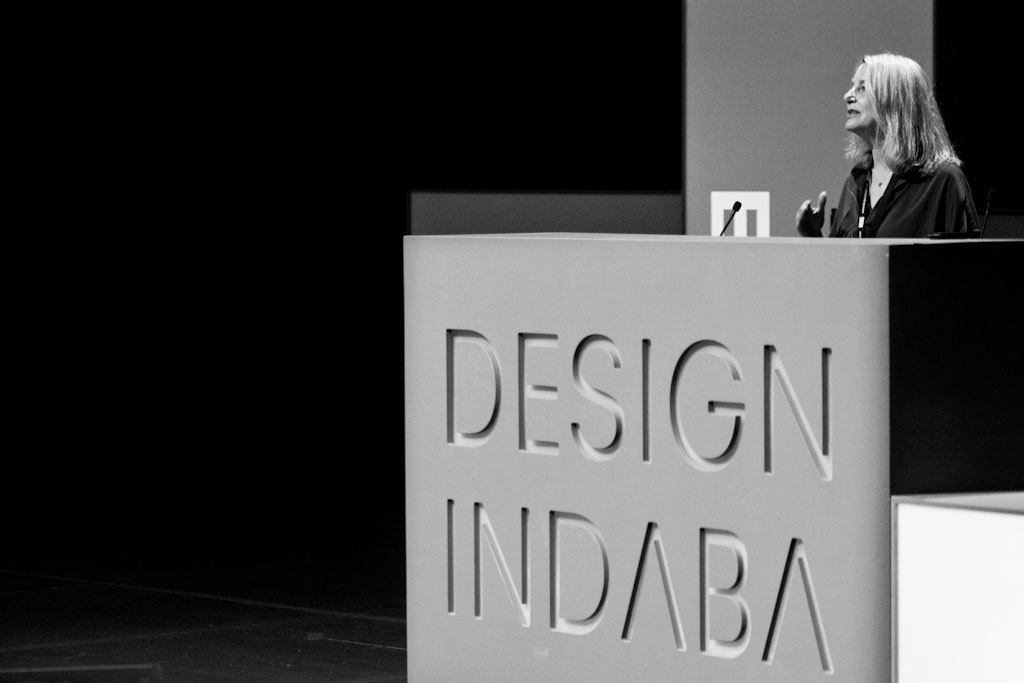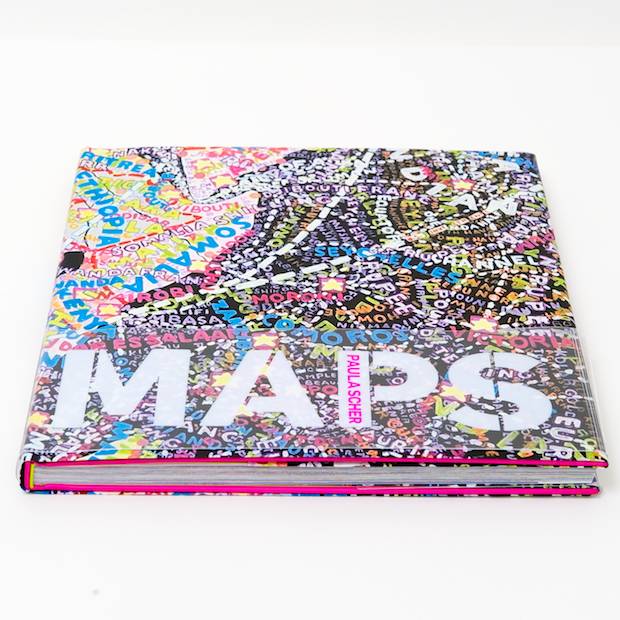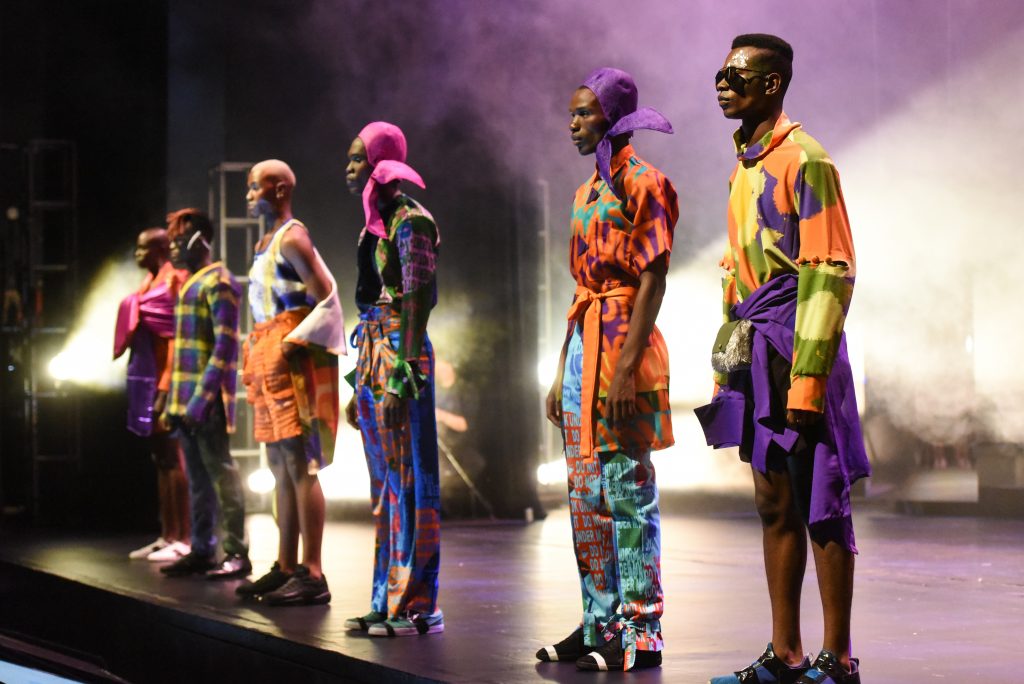Design Indaba: Paula Scher
The similarities between artists and scientists, how tech is like the music business and more from the multi-faceted designer


Influential American artist and designer Paula Scher kicked off this year’s Design Indaba with a talk she titled “Small Breakthroughs, and How They Came to Be.” During her presentation, she detailed both the struggles and solutions involved in several of her most famous projects, from the graphic identity of NYC’s Public Theater to the new Windows logo. We caught up with Scher afterward to talk about the importance of external influence in one’s work, the inherent nature of creativity, and which speakers got her fired up.
This isn’t your first time at Design Indaba, right?
I was here actually quite a while ago, in 2002, and then taught a workshop in Johannesburg for [Design Indaba founder] Ravi Naidoo, and they are a partner of AGI (Alliance Graphique Internationale), which I’m the president of, so I’m in constant touch with them. Plus Michael Bierut has been emceeing for them for a number of years now.
A role he seems to have fallen into quite comfortably, it would seem?
Well, he’s good at it—it’s easy for him, and he loves this conference. It’s got a great mix of talent, and it’s elegant. It’s run well. Like the lunches, to me, are really important—the attendees are having the same lunch as the speaker, and you can be with them and they can talk to you—it’s really lovely.
This design conference seems different than others for that reason—like it’s very purposely trying to shake things up. Where else would you see someone like artist Nicholas Hlobo giving a performance at a design conference?
That’s actually the genius of Ravi, because he’s looking to mix things up, he’s looking for those odd combinations, and it’s really terrific.
“And while it’s true that communication forms change, I can’t believe that human beings are completely indifferent to the space, the environment, what’s out on the street.”
Is there a speaker this year that has stood out to you? Someone who has left you thinking about things, someone your mind keeps coming back to?
Oh, both Alex Chen and Daisy Ginsburg. I found Daisy’s talk really interesting. She’s a great speaker, and makes her subject matter really accessible.
I was on a panel about three or four years ago that was a discussion between artists, designers, scientists and film people. And the point of the panel was to find out the commonality between how artists and scientists work, and where they could completely connect. The thing we found that we absolutely had in common was a personal contempt for rules, that scientists were driven by the notion that if something is potentially possible, they find a way around, jump over, push the expectation—and that’s exactly what an artist does. They’re really not different at all. We’re all rebels.
Something that has emerged during the week’s talks has been the importance of diverse influence on one’s design practice—it seems critical to creative good, lasting work. Do you think that technology, specifically the Internet, is going to change that in the newest generation of designers? Will their influences become too narrow because they only reference other designers’ works and maybe don’t get as many random pieces of inspiration?
I don’t know that that’s true. While I do acknowledge that in the past 10 years technology has changed cultural behavior more than any time I remember previously, I still think it’s akin to the music business in a lot of ways. I started in the music business, so it seems like a clear analogy: Young people can piss off old people because they can operate things that old people don’t have the patience to figure out how to do. So they get to own it—it’s seems like [Internet Culture] is this ownable, generational thing that one is attached to. And while it’s true that communication forms change, I can’t believe that human beings are completely indifferent to the space, the environment, what’s out on the street.
I’m told as a graphic designer all the time now, “Oh, you’re finished because the whole world is digital.” But I walk around New York and I see much more stuff that isn’t digital than stuff that is digital. And you see it, and you absorb it and you remember it. And you put it in this big bank you have in your head and you forget about it. And then later you need to make an analogy for a project, and if you’re lucky it rolls right out.
A lot us at Indaba have been saying this same thing about this process all week. Christoph [Niemann] said the other day that you’re constantly storing this stuff. And I think you’re storing this stuff if that’s your way of seeing life, seeing the world. Seeing and absorbing and reusing, whether it’s things you see online or things you see out in the world, is the process of a type of individual, not a process that technology allows to happen or stops from happening.
Some people can see—my partner Daniel Weil can pick up a napkin and show you 15 flowers it could be in less than five minutes, and somebody else just sees a napkin. That doesn’t have anything to do with technology, it has to do with his mind. I think individuals that have a proclivity towards visual expression will have influences everywhere they go.
Images courtesy of Design Indaba












